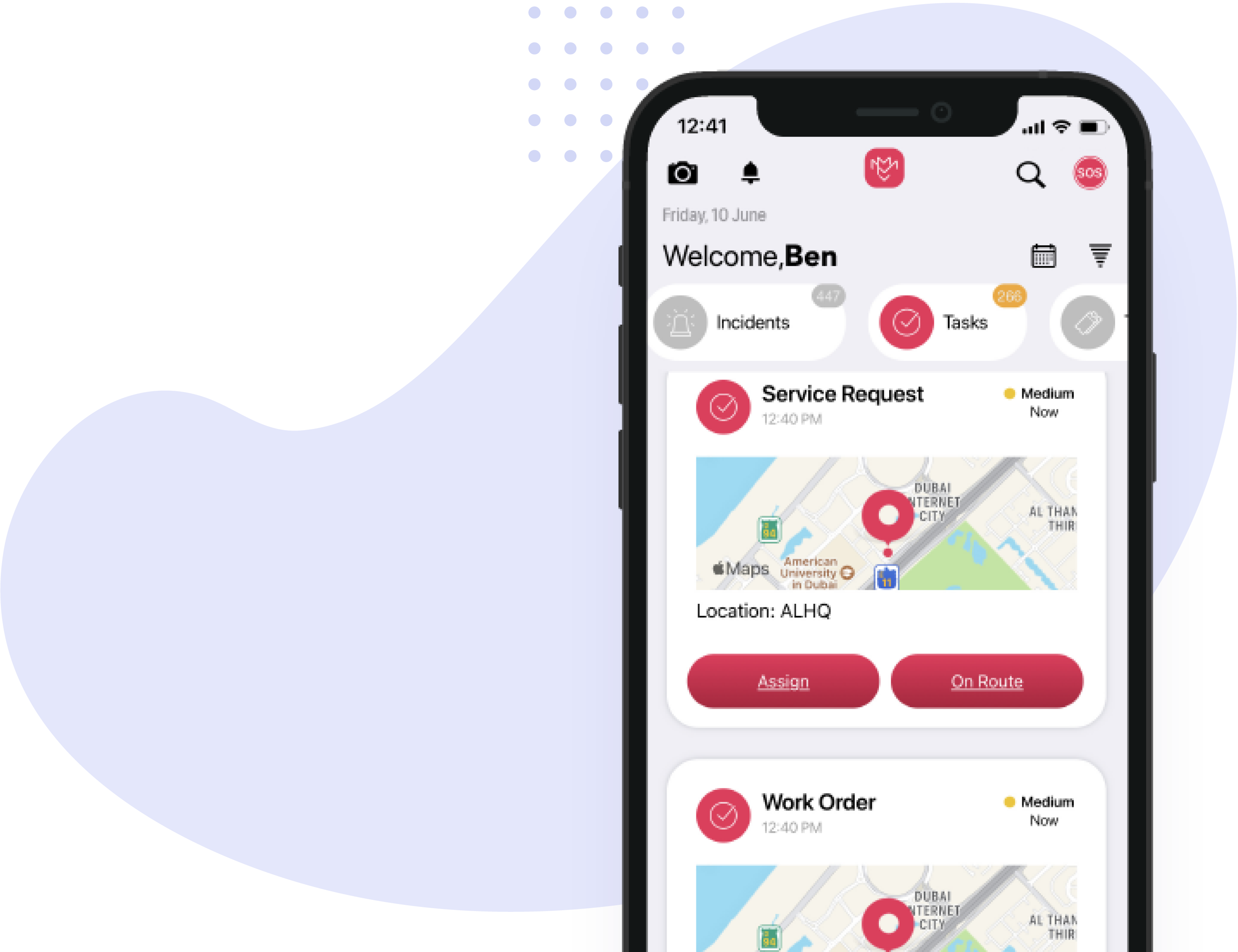We previously explored the reasons behind the emergence and adoption of field service management software (FSM) and how it became mission-critical to organizations.
In this post, I dive into the far-reaching benefits that result from deploying FSM software, to demonstrate the value it delivers to the various verticals that involve the deployment of human capital in the field.
Intelligent FSM solutions are expected to tackle at least these three key areas in managing client service delivery, with the intent of solving the disconnect that exists in each of these three pillars and optimizing the entire workflow.
Scheduling & Dispatch Optimization
Scheduling presents complex problems for companies involved in delivering field services, due to the vast disconnect that exists between demand, ad-hoc events, and resource capacity. As a result, their staff struggle with cumbersome manual work, mismatched in-order delivery, as well as an increase in no-shows. This problem is further augmented by distributed teams that cover a large geographic area.
The right FSM software will address this disconnect by automating the entire workflow from service bookings all the way to delivery. With the use of machine learning and real-time data, intelligent FSM software are able to match the request with the nearest available team or resource based on real-time capacity, schedule, location, and skill set. This eliminates human error, delivers accurate service booking time, boosts first-time fix rates, and optimizes resource distribution, generating a sizeable return on investment for the organization through efficiency gains and faster turnaround times.
Efficient Equipment Allocation & Intelligent Asset Management
Another major challenge facing field service operations is the efficient distribution and availability of equipment required to complete work orders. There are many examples today where the ability to execute work orders is dependent on the availability of equipment. The new generation of FSMs takes this important factor into consideration and provide tools for booking and allocating equipment to work orders to ensure there is no delay or disruption in executing work. Some systems even go a step beyond in guiding field employees to the nearest available equipment from their location, thus providing the organization with invaluable KPIs on equipment utilization, visibility on real-time location distribution, and usage by work order type. This capability helps companies plan more efficiently while ensuring no job ever gets delayed.
Intelligent asset management is another area that is readily addressed by advanced FSM solutions. From ensuring the work is done on the correct asset to capturing the data accurately, FSM works to completely eliminate human error and inaccurate information capture. The ability to correctly plan and execute both preventative and corrective jobs saves organizations from costly repairs, hazards, and disruption to service. Furthermore, adding IoT sensors to the asset management scheme provides substantial benefits that include:
- Lowering operating costs due to predictive failure detection and less frequent asset visits
- Remote asset monitoring that results in lower risk and an increase in availability
- Real-time information update (integrating mobile tools with central systems)
As FSM capabilities evolve and the demands of field operation get more complex, real-time mobile tools become indispensable. To ensure maximum efficiency and accuracy of information captured, field operators require instant bi-directional access to central systems. This access translates into numerous benefits in simplifying and automating the service delivery process. For instance, the ability to push location information of the work order and help the field employee navigate the most optimized route in real-time saves valuable time, creating enormous efficiencies. So would pushing job details such as consumed material and labor hours to central billing and inventory systems to automate customer billing and eliminate manual back office tasks.




